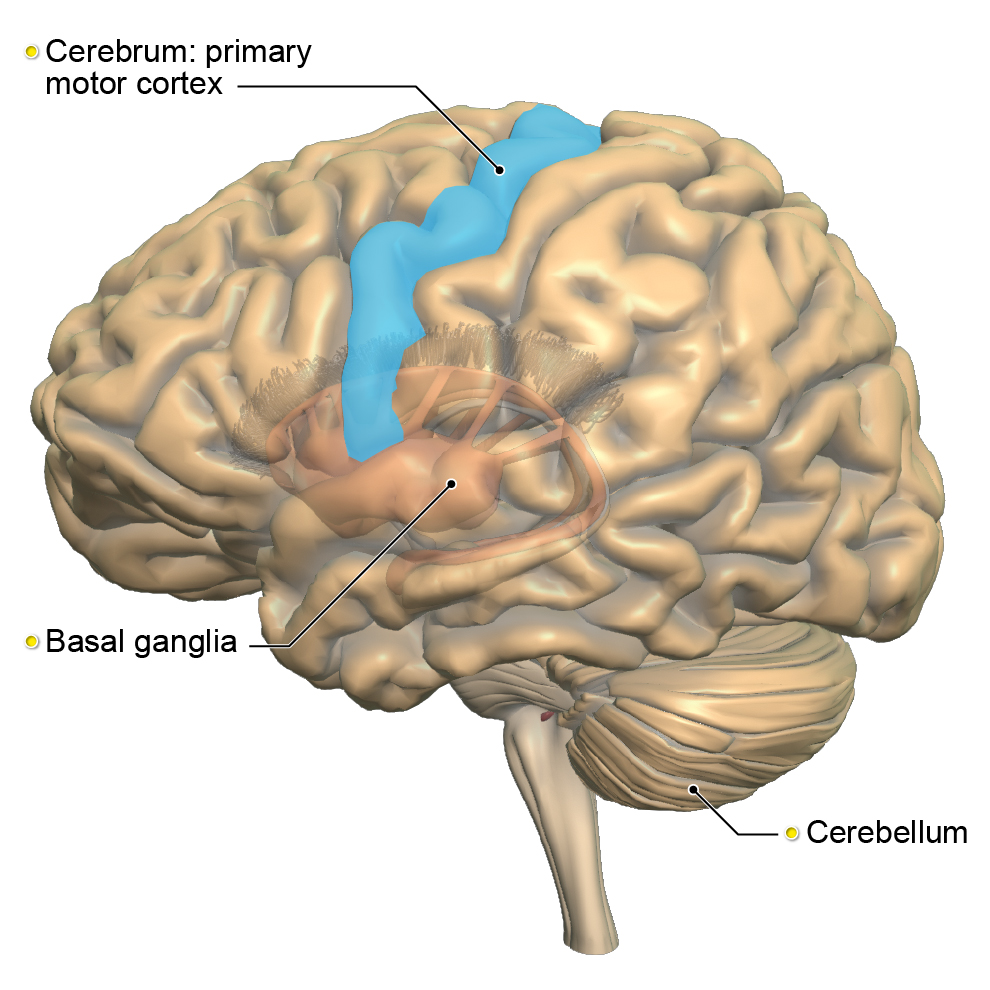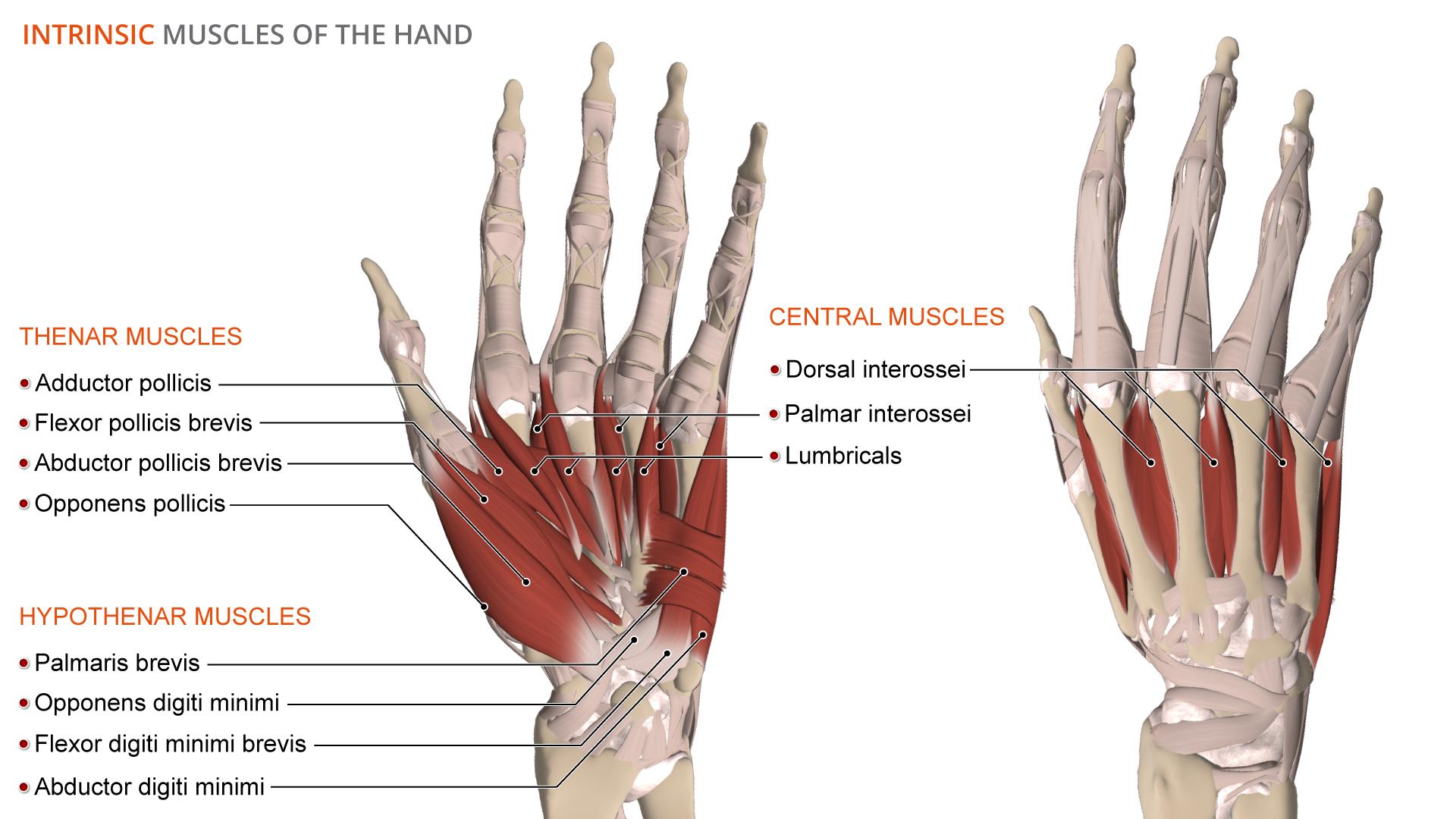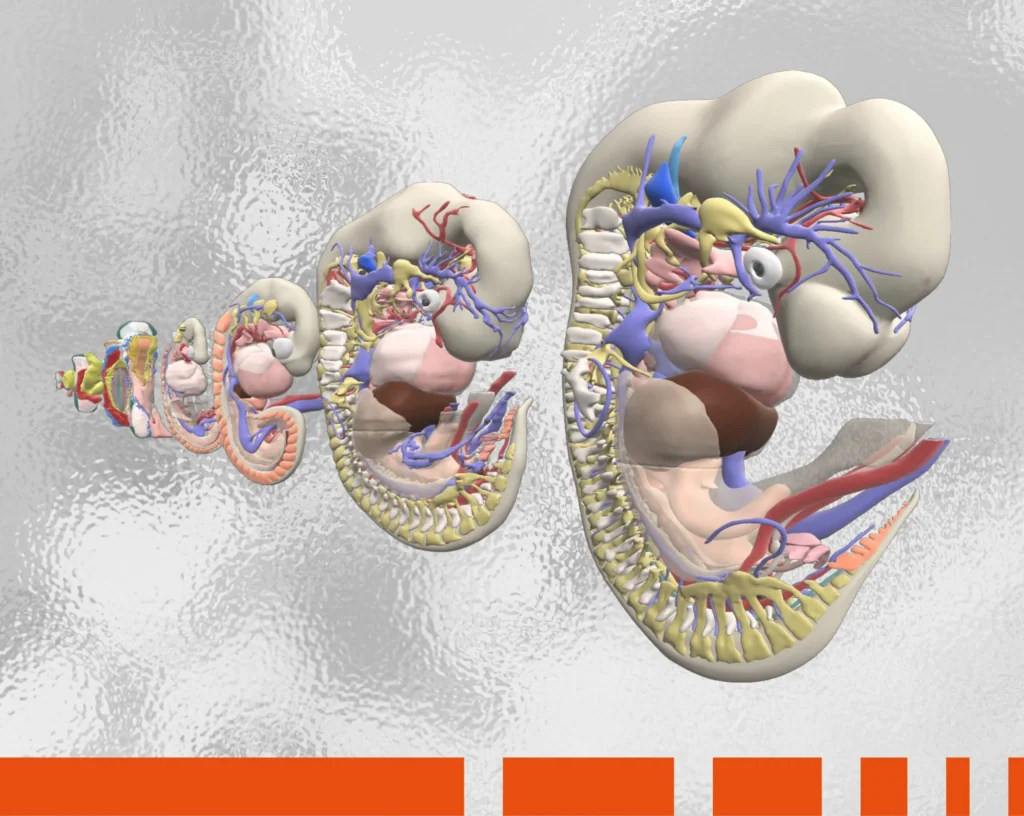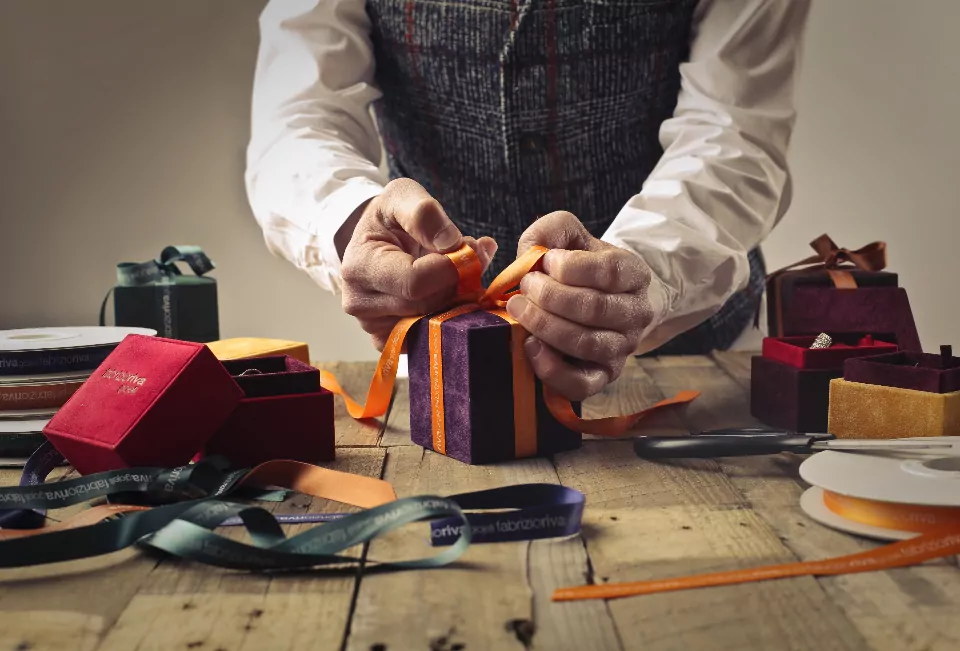‘Tis the season for spreading holiday joy by finding that perfect gift to make someone special smile. Studies have shown that spending money on others makes us feel happier than spending money on ourselves. And of course your gift recipients will be even more joyful with wrapped presents!
When it comes to wrapping gifts, some people have it all tied up, easily producing beautiful packages with neatly folded edges and perfect bows, while for others, the act of swaddling a box in gift wrap is a frustrating exercise in torn paper, ill-fitting ribbon and (possibly) tears. The answer to why some are better at wrapping gifts than others may be explained by anatomy.
Getting the message through
Gift wrapping does take effort. Aside from picking out the perfect paper, it also requires a host of fine motor skills to get the job done. This precise, coordinated control of the small muscles in the wrist, hand, fingers and thumb all moving together to complete a series of tasks are key to successfully executing each step in the gift-wrapping process. From manipulating scissors to tearing and placing tape on packages to tying ribbon around them, specific and intricate coordination of these hand muscles – an act known as fine motor movement – plays an essential role.
But how exactly does the brain communicate with the hands to perform the fine motor skills needed to successfully encase your carefully chosen baubles and boxes? What’s the secret behind producing a beautifully wrapped gift that will elicit oohs and aahs from the recipient and inject a little joy into the holiday season?
Actions like cutting, folding and taping are examples of employing voluntary control of the muscles, which requires the brain and spinal cord (the central nervous system – CNS) to communicate with the nerves in the rest of the body (the peripheral nervous system – PNS) to intentionally perform certain movements. This communication is achieved by sending signals through two types of neurons: the upper motor neurons (UMNs), found in the brain, and the lower motor neurons (LMNs), found in the rest of the body.
Getting your hands to perform the movements needed for gift wrapping requires the integration of several regions of your brain, all working in conjunction with one another in three main steps to innervate the hand muscles needed in gift wrapping: planning, initiation and execution.
-
- Planning happens in the pre-frontal area of the cortex, where your brain organizes the movements you will need to carry out the proper event sequence to get the job done.
-
- During initiation, the signals are sent to the UMNs of the primary motor cortex, an area located on the cerebrum, to trigger the desired movement. These movement get further fine-tuned by the cerebellum, located at the back of the brain under the occipital lobes, and the basal ganglia, which is located within the cerebrum.
- Execution is the final step, during which LMNs receive information from the UMNs and subsequently cause fine-tuned movement in the required skeletal muscles in the hand.

In addition, repeating the same movements trains your brain and muscles so they eventually become more automatic, a phenomenon known as “muscle memory.”
Need a hand wrapping those gifts?
From folding and creasing a sheet of gift wrap to placing the perfect bow atop your present, the muscles in the human hand can perform a wide array of movements. In fact, the hand has been called “the most versatile manipulative organ in the known universe.” It can form into more positions – performing movements including flexion, extension, abduction, adduction and opposition – than any other region of the body, thanks in part to its extrinsic and intrinsic musculature.
Extrinsic muscles
All the extrinsic muscles of the hands originate from the forearm, hence the name “extrinsic” where the muscles originate outside the hand. There are two types: flexors and extensors. The extensors allow the hand to bend backwards, while the flexors allow the hand to bend forwards.


Intrinsic muscles
Intrinsic hand muscles are smaller muscles located within the hand. These muscles allow additional movements of the hand, including adduction, which brings fingers closer to each other; abduction, which moves fingers away from each other; and opposition, which places the thumb opposite to other fingers; as well as flexion and extension. The intrinsic hand muscles can be divided into three groups based on their location: thenar muscles, which are the muscles of the thumb; hypothenar muscles, which are the muscles of the little finger; and the central muscles.

Both intrinsic and extrinsic muscles attach to the 27 bones in the hand. Eight carpal bones link the hand to the forearm, five metacarpals are in the palm of the hand and three phalanges are present on each finger – except for the thumb, which only has two phalanges. These bones all move in relation to one another as a result of these muscles working together to perform various movements.
Putting it all together
Fine motor movements, muscles, bones – all of these work together through each step of the gift-wrapping process, bringing you closer to your goal of presenting the perfect package. Not only does gift wrapping produce beautiful packages that spread joy amongst your loved ones, it also allows you to practice many of the same fine motor skills you need to perform critical everyday tasks, like dressing and using utensils or handwriting and typing.
So have a go, get out your roll of wrapping paper and have your scissors and tape handy!
The images in this post are from from Primal’s 3D Real-time module. To learn more about this or other Primal learning resources, please fill in the form here and our team will be in touch.

